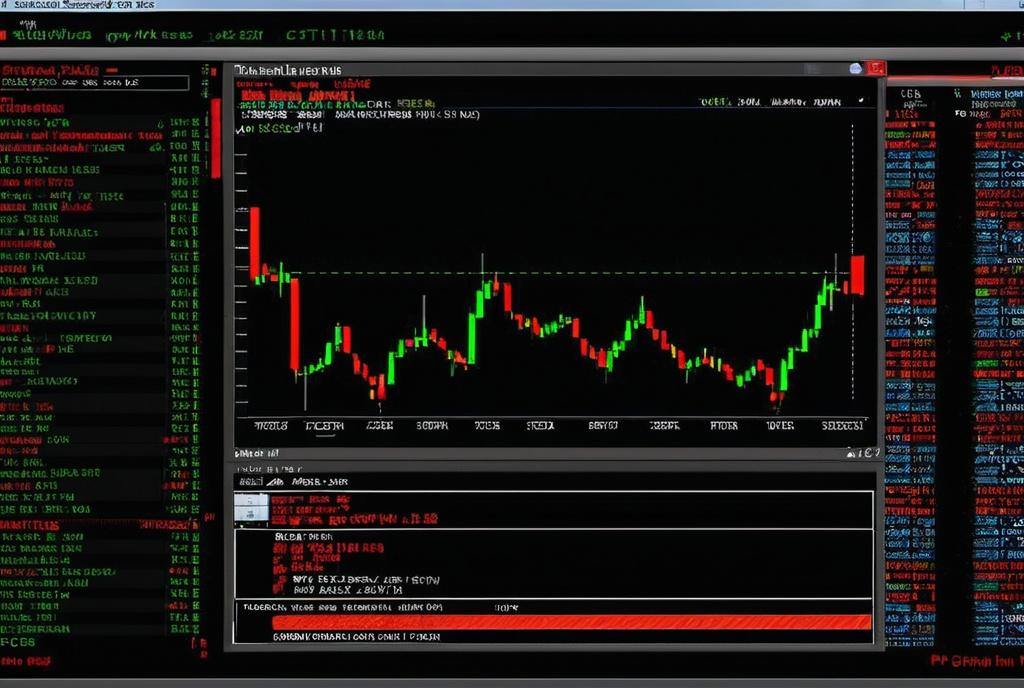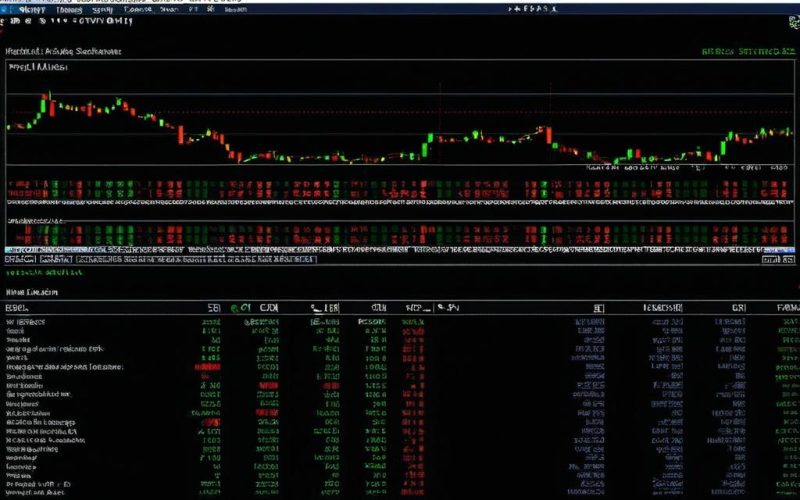Key Take Aways About Options Trading
- Options trading involves contracts giving the right, not obligation, to buy/sell an asset at a set price before a specified date.
- Options come in two types: calls (buy) and puts (sell).
- Benefits include limited risk, flexibility, and leverage, but require a solid strategy to mitigate risks.
- HIT Software aids traders with data analysis, trade execution, and portfolio management, minimizing execution lag.
- The software simplifies trade automation, market trend analysis, and helps maintain an organized portfolio.
- Options trading requires knowledge and tools like HIT Software to be effective, not a get-rich-quick solution.

Options Trading Basics
Options trading isn’t rocket science, but it sure can feel like it if you’re not familiar with the lingo. Let’s break it down. When you trade options, you’re dealing with contracts that give you the right—but not the obligation—to buy or sell an underlying asset at a set price before a certain date. This enables traders to leverage positions without actually owning the asset, making it a popular choice for those who like to dabble in a little speculation, hedge their bets, or just add some spice to their investment portfolio.
Call and Put Options
Options come in two primary flavors: calls and puts. A call option allows you to buy an underlying asset at a predetermined price, called the strike price, before the option’s expiration date. On the flip side, a put option gives you the right to sell the underlying asset at the strike price. The world of options trading is like choosing between pizza toppings—whether you’re a pepperoni (call) or anchovy (put) kind of person.
Benefits and Risks
Trading options can offer benefits such as limited risk (you can only lose the premium paid), flexibility (various strategies for all market conditions), and leverage (control a large position with a relatively small amount). But it’s not all rainbows and butterflies. Options can be risky, especially if you’re flying solo without a solid strategy or letting emotions cloud your decision-making. The wild swings in options prices can be nerve-wracking, making it essential to keep your wits about you.
HIT Software in Options Trading
Let’s pivot to HIT Software, a tool that carves a niche by providing robust trading solutions. This software can be an ally in helping traders navigate data analysis, trade execution, and portfolio management. Why sweat the small stuff when you have tech doing the heavy lifting? HIT allows you to crunch numbers and analyze trends faster than you can say “bearish engulfing pattern.” It’s a bit like having a personal assistant who’s never late and won’t spill your coffee.
Trade Execution and Analysis
One of the significant advantages of using HIT Software is in executing trades with speed and precision. The system is designed to minimize execution lag, which can sometimes be the difference between profit and loss in the high-paced world of options trading. Plus, the data analytics features are there for you to dissect market trends and make informed decisions. Imagine having a crystal ball that uses algorithms instead of mysticism.
Portfolio Management
Managing a bunch of options trades can feel like herding cats, but HIT Software helps streamline this process. With its portfolio management tools, you can track your performance, assess risk exposure, and ensure your positions align with your strategy. It’s like having a GPS for your investments—keeping you on course and away from financial potholes.
Real-World Example of Using HIT Software
Consider Jack, who ventured into options trading armed with HIT Software. Jack loved the thrill but found himself drowning in charts and numbers. With HIT, he could automate his trades based on predetermined criteria, analyze complex datasets without breaking a sweat, and even get alerts on his phone while sipping a latte by the window. Jack’s portfolio now looks more like a well-organized bookshelf rather than a chaotic pile of papers.
Options trading isn’t a get-rich-quick scheme—far from it. But with the right tools like HIT Software and a fair bit of know-how, it can be a compelling addition to your trading toolkit. Just remember, every trader’s code is different, so tweak your strategies, learn from your losses, and keep pushing forward.
